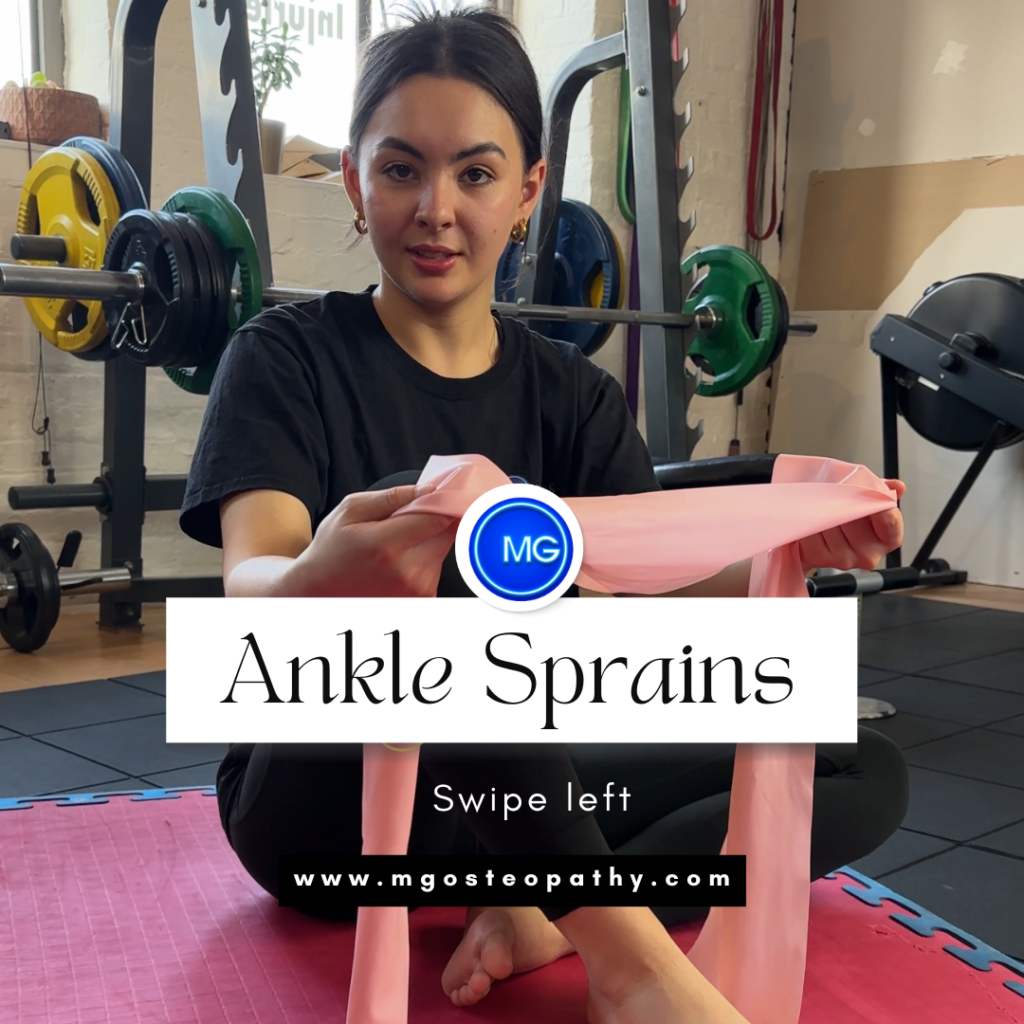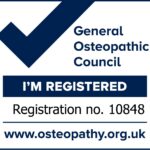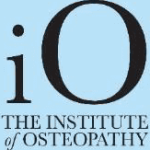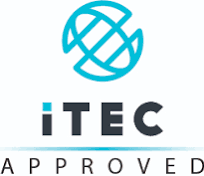Shin splints, medically known as medial tibial stress syndrome, are a common injury among runners, dancers, and athletes who engage in repetitive lower-leg activities.
What are Shin Splints?
Shin splints refer to pain along the inner edge of the shinbone (tibia), often caused by inflammation of the lower leg’s muscles, tendons, and bone tissue. The pain can range from mild discomfort during activity to a persistent ache even at rest.
What Causes Shin Splints?
- Overuse or Repetitive Stress: High-impact activities such as running or jumping can strain the tibia and surrounding tissues.
- Sudden Increase in Activity: A rapid boost in intensity, frequency, or duration of exercise can overwhelm the legs.
- Improper Footwear: Wearing worn-out or unsupportive shoes can lead to uneven leg stress, especially for runners.
- Flat Feet or Poor Biomechanics: Misaligned movements or lack of proper arch support can increase strain.
- Hard Surfaces: Training on hard or uneven surfaces adds to the stress on your legs.
Signs and Symptoms
Shin splints typically present with:
- Pain: A dull or sharp pain along the shinbone, worsening during activity.
- Tenderness: The inner edge of the shinbone feels sore to the touch.
- Swelling: Mild swelling may occur in the lower leg.
- Persistent Discomfort: Usually at the beginning, during or after activity. In severe cases, the pain lingers even after rest.
If left untreated, shin splints can escalate into stress fractures, which are more severe and require longer recovery.
Osteopathic Treatment for Shin Splints
Osteopathy provides a holistic approach to managing and preventing shin splints by focusing on the body’s structure and function.
1. Assessment and Diagnosis
An osteopath will evaluate your posture, gait (walking cycle), and lower limb mechanics to identify imbalances or contributing factors. This helps in tailoring a treatment plan to address the root cause.
2. Manual Therapy
Osteopathic treatment often includes:
- Soft Tissue Techniques: To relieve muscle tension, reduce inflammation, and improve blood flow.
- Joint Mobilisation: To enhance mobility and alleviate stress on the shin.
- Myofascial Release: To target tight fascia (connective tissue) and restore balance.
3. Postural and Gait Correction
An osteopath may provide advice on correcting postural or biomechanical issues that contribute to shin splints. This can involve exercises to strengthen the feet, calves, and hip stabilisers.
4. Exercise Prescription
Rehabilitation exercises are a key part of recovery. Stretching and strengthening the calves, hamstrings, and surrounding muscles help support the shinbone and prevent recurrence.
5. Lifestyle Advice
- Guidance on proper footwear and orthotics if needed.
- Tips on gradual progression in training intensity.
- Strategies to modify activity during the recovery period.
Prevention Tips
To avoid shin splints in the future:
- Wear supportive footwear.
- Increase exercise intensity gradually.
- Include strength training for the lower leg and core muscles.
- Warm up and cool down properly before and after exercise.
- Avoid hard or uneven surfaces when possible.
Conclusion
Shin splints can disrupt your fitness routine and daily life, but with proper care, they are manageable. If you’re dealing with persistent shin pain, MG Osteopathy can help to identify and address the underlying causes, enabling a quicker recovery and long-term prevention.
📅 Book your appointment now at www.mgosteopathy.com and let us help you get back on your feet, stronger than ever.





